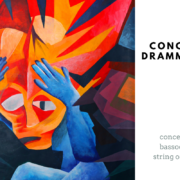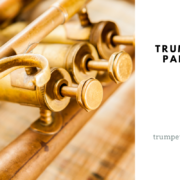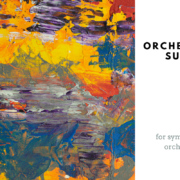Leander and Linseed
Original title: Leándersz és Lenszirom
“for my sons Marci and Zsiga”
Opera for children in two acts
Libretto by Barnabás Szöllősi based on the play of Andor Szilágyi
Performed by the Hungarian State Opera for 3 seasons with estimated 15 000 viewers.
original performance directed by: Sándor Zsótér
Released on DVD in 2016 under the name of Útravaló 2016 (Leánder és Lenszirom)
Duration: Act 1 approx. 40 minutes and Act 2 approx. 50 min.
Roles:
LEÁNDER (Leander) , goblin – bass-baritone
LENSZIROM (Linseed), princess – lyric soprano
BOGYÓ, servant of Leánder – baritone
CSIBECSŐR, servant of Linseed – soprano
BÖLÖMBÉR KERÁL, king – bass (bass-baritone)
BÖLÖMBÉR KERÁLNÉ, queen – mezzo-soprano
MAR-SZÚR HERCEG, prince, lord of the wasps – tenor (spinto)
TÖNDÉR NEGÉD, queen of decency and charm – soprano
VAKNADÁLY, lord of the lake – contra-tenor
CSÍJJEGŐS BŐREGÉR, blood bat 1 – alto
CSUJJOGÓS BŐREGÉR, blood bat 2 – tenor
HORLOLÁBOK (1 and 2), 2 guards – male choir members
MÉZELŐK,VÉRBÖGÖLÖK army of wasps – children’s choir
Arrangement (Symphonic orchestra):
1. Flauto
2. Flauto / Flauto Piccolo
1. Oboa
2. Oboa / Corno Inglese
1. Clarinetto in Sib
2. Clarinetto in Sib / Clarinetto basso in Sib
Fagotto
Contrafagotto
4 Corni in Fa
2 Trombe in Do
3 Tromboni
Tuba
Timpani
4 Percussionisti (Triangle, Bass Drum, Snare Drum,Tam-tam, Tenor Drum, Cymbals, Suspended Cymbals,
Roto-toms, Castagnets, Shaker,Tamburine,Wind Chimes,Wood Blocks, Crotales,Tubular Bells, Glockenspiel,
Xilophone, Marimba)
Arpa
Celesta
Cembalo
Archi:
Violini I
Violini II
Viole
Violoncelli
Contrabassi a cinque corde



